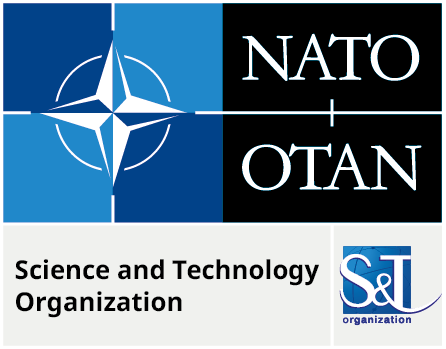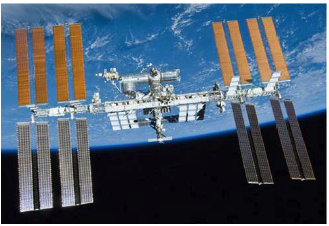Author(s): Markus Peichl; Simon Anger; Matthias Jirousek; Stephan Dill; Thomas Neff
|
The last and first space race was carried out exclusively between superpowers the United States of America and the Soviet Union, beginning in the 1950s and lasting until the downfall of the Iron Curtain in the early 1990s. Beginning with exclusively military ambitions, the activities ultimately evolved further to civilian applications in Earth observation, communication, navigation, and radio, while other nations joined the market successively. However, the rate of new satellites or spacecraft each year kept constant over decades until about 2010. Consequently, Space Situational Awareness (SSA) played a secondary role, driven mostly by military interest. The start of the new millennium is considered to be the beginning of the New Space era: the epoch in which space technology has become heavily commercialised and many start-ups have been founded, offering plenty of new capabilities for spacecraft, payload, launch, operation, and applications [1], [2], [3]. Hence, the number of spacecraft and the corresponding amount of future space debris has increased dramatically since about 2010. Consequently, existing SSA capabilities and technologies have become progressively overstrained and insufficient to provide authorities and decision makers with adequate information. In parallel, it turns out that in addition to the classical military branches like the army, air force, and navy, new battlefields will or already have been built up in cyberspace and outer space. In the recent Ukraine war, a new class of military technology ‒ massive drone-based operations ‒ has been added to classical warfare. Hence, it must be assumed that within the next decade a new military space race will evolve as well. The large difference, compared to the ancient space race, will be the number of players including, besides the classical two, populous potent nations like China, India, and many others all around the globe [1], [2], [3], since space technology is becoming more and more available at low cost on open markets.


